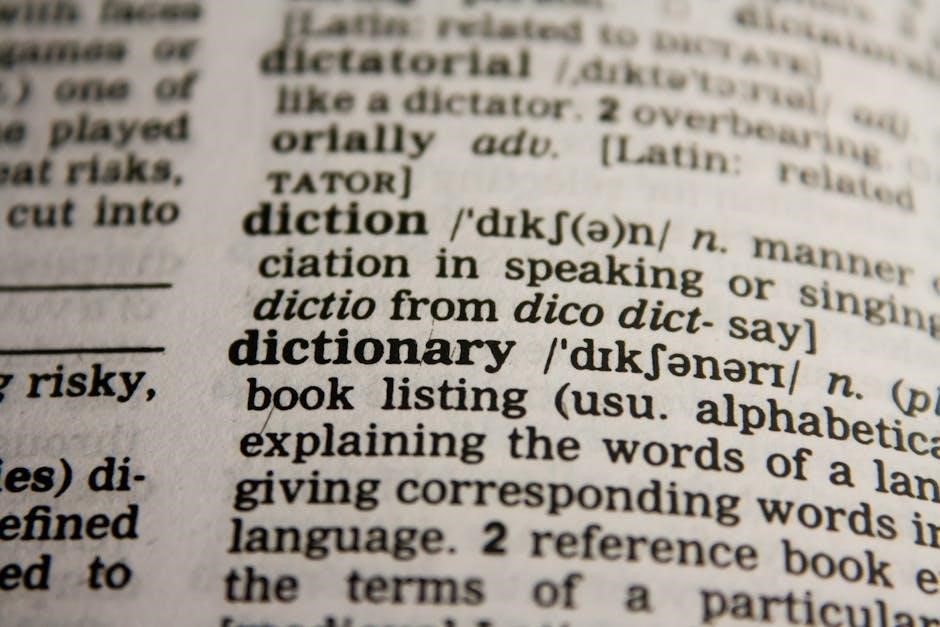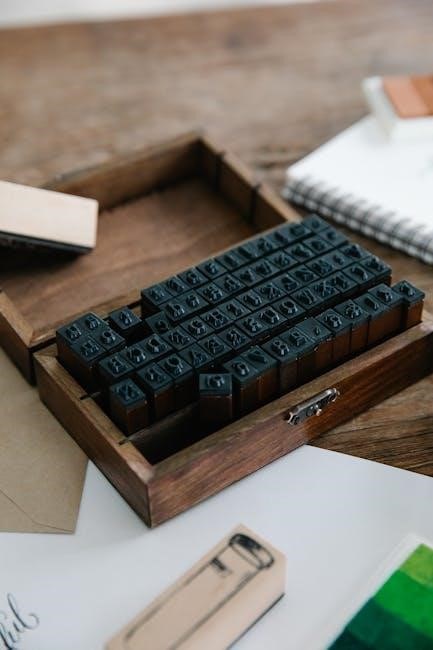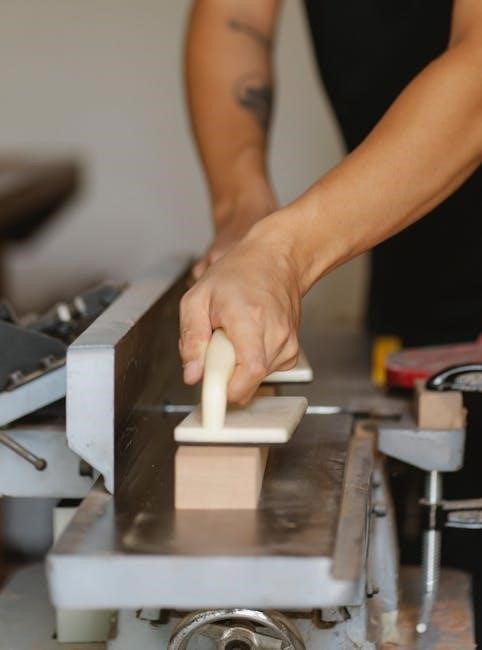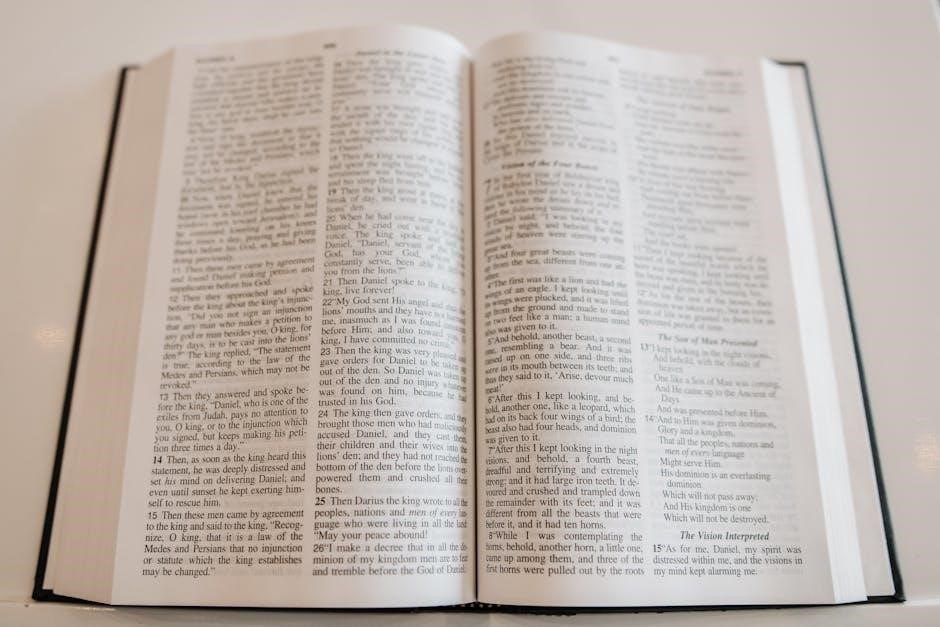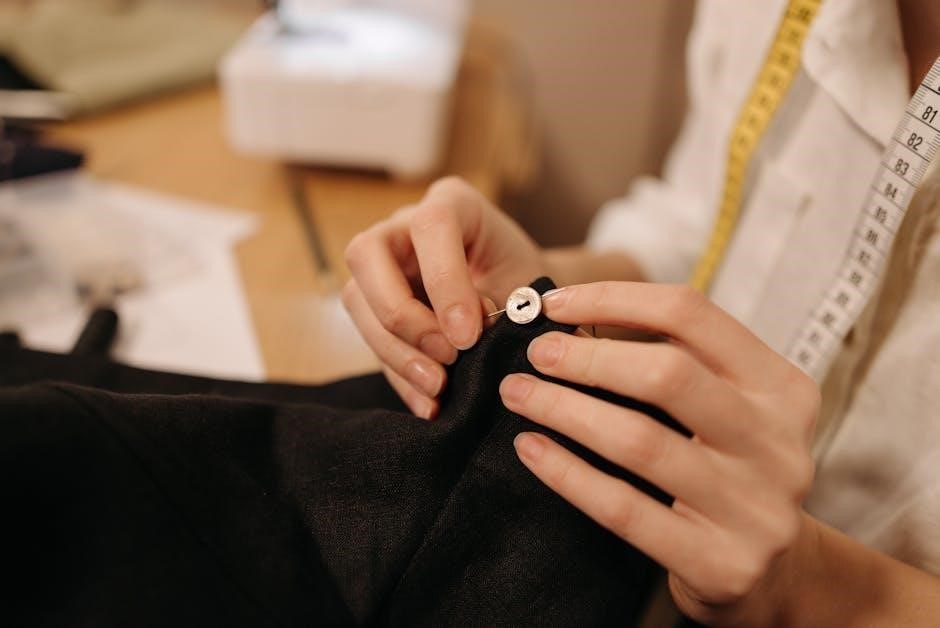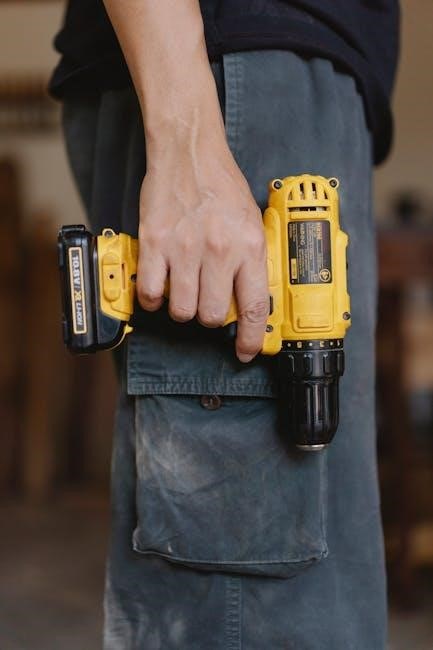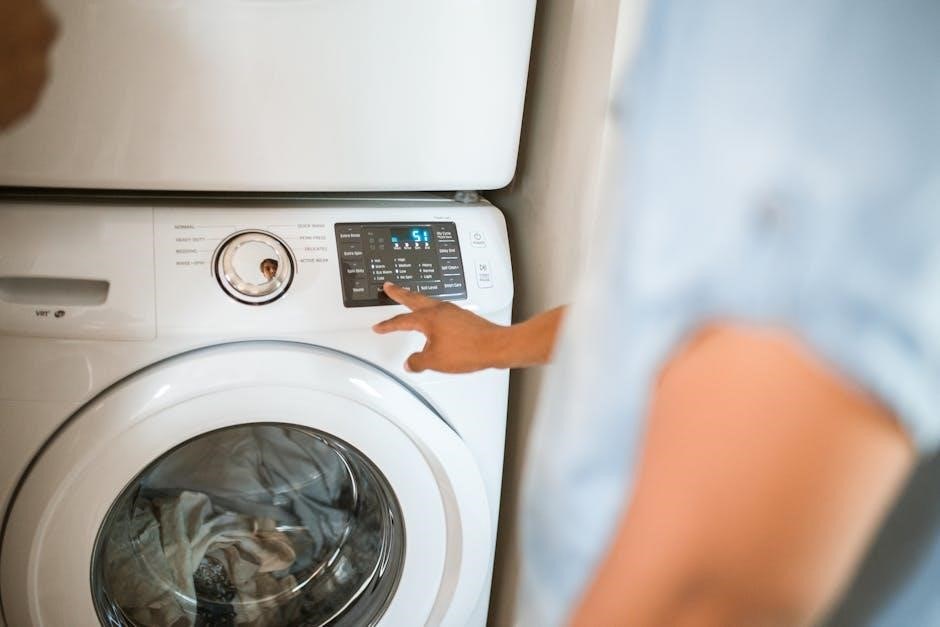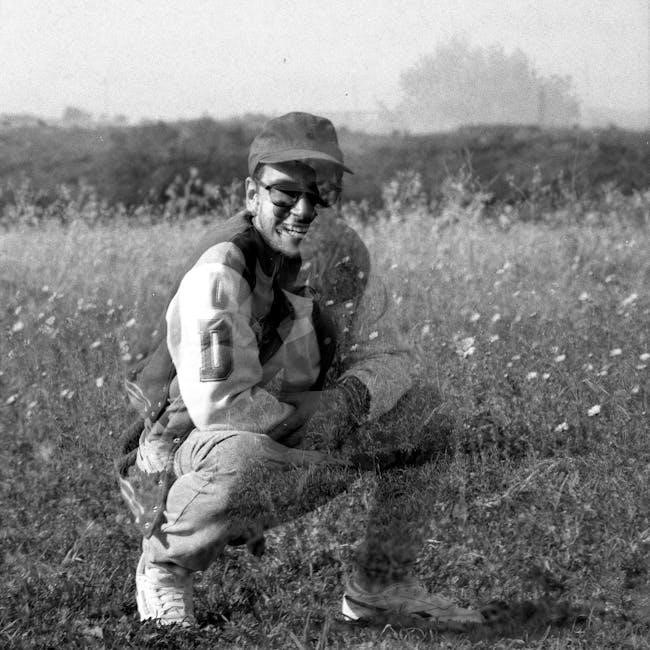
Understanding Blood Pressure Recording Charts
Blood pressure recording charts are essential tools for monitoring cardiovascular health, often available as a blood pressure recording chart PDF.
These charts facilitate tracking changes over time, aiding in diagnosis and treatment adjustments, as highlighted by recent medical discussions.
What is a Blood Pressure Recording Chart?
A blood pressure recording chart, frequently found as a downloadable blood pressure recording chart PDF, is a structured document used to systematically log blood pressure readings over a period. It’s more than just numbers; it’s a visual representation of your cardiovascular health trends.
Typically, these charts include columns for date, time, systolic and diastolic blood pressure measurements, pulse rate, and a notes section. The availability of PDF versions makes them easily printable and accessible for consistent tracking. Regular monitoring, facilitated by these charts, is vital for managing hypertension or hypotension, as discussed in recent health reports.
These charts empower individuals to actively participate in their healthcare, providing valuable data for medical professionals to assess treatment effectiveness and overall well-being.
Why Track Your Blood Pressure?
Tracking your blood pressure, often utilizing a convenient blood pressure recording chart PDF, is crucial for proactive health management. Consistent monitoring helps detect early signs of hypertension or hypotension, conditions impacting arterial health as noted in recent medical literature.
A PDF chart allows for easy recording and review of readings, revealing patterns that might otherwise go unnoticed. This data is invaluable for assessing lifestyle changes – diet, exercise, stress reduction – and their impact on cardiovascular health.
Furthermore, a detailed record, like a completed blood pressure recording chart, provides your doctor with essential information for accurate diagnosis and effective treatment planning, potentially preventing serious health complications.

Components of a Blood Pressure Chart
Blood pressure recording chart PDFs typically include spaces for date, time, systolic/diastolic readings, pulse rate, and notes – vital for comprehensive monitoring.
Systolic and Diastolic Readings
Systolic and diastolic readings are the cornerstones of any blood pressure recording chart PDF. Systolic pressure, the higher number, reflects the force when the heart beats, while diastolic represents the pressure when the heart rests between beats.
Accurately recording both values is crucial for a complete assessment of cardiovascular health. A typical blood pressure recording chart PDF will have dedicated columns for each reading, often alongside the time and date. Consistent monitoring allows individuals and healthcare professionals to identify trends and potential issues.
Understanding these readings, as documented on the chart, is fundamental to managing hypertension or hypotension, and evaluating treatment effectiveness. The chart provides a visual history of these vital signs.
Pulse Rate Recording
Alongside blood pressure, pulse rate recording is a vital component of a comprehensive blood pressure recording chart PDF. Pulse rate, measured in beats per minute (BPM), indicates how many times the heart beats in one minute.
A well-designed chart will include a dedicated space to log this information alongside systolic and diastolic readings. Tracking pulse rate alongside blood pressure provides a more holistic view of cardiovascular function. Variations in pulse rate can offer valuable insights into overall health and response to medication.
Consistent pulse rate documentation on the blood pressure recording chart PDF aids in identifying irregularities and potential underlying conditions, supporting informed medical decisions.
Date and Time Stamps
Accurate date and time stamps are absolutely crucial elements within any effective blood pressure recording chart PDF. Consistent recording allows for the identification of patterns and trends in blood pressure fluctuations throughout the day and over extended periods.
A properly formatted chart will dedicate specific columns for both date and time, ensuring clarity and minimizing errors. This detailed logging is particularly important when assessing the impact of lifestyle factors, medications, or potential medical conditions on blood pressure levels.
The precision offered by date and time stamps on the blood pressure recording chart PDF empowers both individuals and healthcare professionals to make informed decisions regarding health management.
Notes Section: Importance and Usage
The notes section within a blood pressure recording chart PDF is a vital, often underutilized, component for comprehensive health tracking. This space allows for recording contextual information alongside blood pressure readings, enhancing their interpretability.
Users can document factors like medication changes, dietary adjustments, stress levels, or any unusual symptoms experienced around the time of measurement. Noting these details helps identify potential triggers for blood pressure variations.
A well-maintained notes section on the blood pressure recording chart PDF provides valuable insights for healthcare professionals, aiding in accurate diagnosis and personalized treatment plans. It transforms a simple log into a powerful health narrative.

Types of Blood Pressure Recording Charts
Blood pressure recording chart PDFs come in various formats – daily logs, weekly trackers, monthly monitors, and specialized charts for Ambulatory Blood Pressure Monitoring (ABPM).
Daily Blood Pressure Log
Daily blood pressure logs, frequently found as blood pressure recording chart PDF downloads, are designed for meticulous tracking of readings throughout a single day. These charts typically include columns for date, time (AM/PM), systolic and diastolic blood pressure measurements, pulse rate, and a crucial ‘Notes’ section.
The ‘Notes’ section allows individuals to record contextual factors – such as medication taken, physical activity, stress levels, or dietary intake – that might influence their blood pressure. Consistent daily logging provides a detailed snapshot, enabling both patients and healthcare professionals to identify patterns and potential triggers.
Many printable PDF templates offer space for multiple readings per day, facilitating a comprehensive understanding of blood pressure fluctuations. Utilizing a daily log empowers proactive health management and informed discussions with your doctor.
Weekly Blood Pressure Tracker
Weekly blood pressure trackers, often available as a convenient blood pressure recording chart PDF, offer a broader overview than daily logs. These charts typically span seven days, providing columns for each day’s date and multiple readings – morning, evening, or as prescribed by a physician.
Like daily logs, weekly trackers include spaces for systolic/diastolic measurements and pulse rate, alongside a notes section for contextual information. This format is ideal for identifying trends that emerge over several days, rather than focusing on isolated readings.
A PDF weekly tracker simplifies sharing information with healthcare providers, offering a concise summary of blood pressure control. Consistent weekly monitoring supports effective treatment adjustments and proactive health management.
Monthly Blood Pressure Monitoring Chart
Monthly blood pressure monitoring charts, frequently found as a downloadable blood pressure recording chart PDF, provide a long-term perspective on cardiovascular health. These charts typically feature a calendar layout, allowing users to record readings for each day of the month at designated times.
Similar to weekly trackers, monthly charts include columns for date, systolic/diastolic values, pulse rate, and a notes section for relevant details like medication changes or lifestyle adjustments. This extended timeframe is valuable for assessing the overall effectiveness of treatment plans.
Utilizing a PDF format ensures easy printing and sharing with medical professionals, facilitating informed discussions about long-term blood pressure control and potential adjustments to care.
Ambulatory Blood Pressure Monitoring (ABPM) Charts
Ambulatory Blood Pressure Monitoring (ABPM) charts differ significantly from standard blood pressure recording chart PDF formats. ABPM involves wearing a portable device that automatically measures blood pressure at regular intervals – typically every 20-30 minutes – over a 24-hour period.
The resulting data is presented in a specialized chart, often generated by the ABPM device’s software. These charts display blood pressure fluctuations throughout the day and night, providing a more comprehensive assessment than isolated clinic readings.
While not typically a printable PDF for manual entry, the digital output serves as a detailed record for physicians to evaluate blood pressure control in real-life settings and identify patterns like nocturnal hypertension.

Creating Your Own Blood Pressure Chart
Creating a blood pressure chart is simple using readily available blood pressure recording chart PDF templates or digital apps for convenient tracking.
Using Printable PDF Templates

Utilizing printable PDF templates offers a straightforward method for establishing a blood pressure recording chart. Numerous reputable sources provide these charts online, allowing for easy download and printing. These templates typically include designated spaces for recording date, time, systolic and diastolic blood pressure readings, pulse rate, and any relevant notes.
The advantage of PDFs lies in their accessibility – they can be printed repeatedly as needed, and easily shared with healthcare professionals. When selecting a template, ensure it’s clear, well-organized, and allows sufficient space for detailed entries. Consider templates designed for daily, weekly, or monthly tracking based on your monitoring frequency. Accuracy and clarity are paramount when using these charts, ensuring reliable data for medical evaluation.
Digital Blood Pressure Log Options (Apps & Software)
Beyond blood pressure recording chart PDFs, numerous digital alternatives streamline tracking. Smartphone applications and dedicated software programs offer convenient logging, often with features exceeding paper charts. These include automatic data syncing, graphical representations of trends, and reminders for measurements.
Many apps allow easy export of data in formats suitable for sharing with physicians. Some integrate with Bluetooth-enabled blood pressure monitors for automatic readings. While PDFs offer simplicity, digital logs provide enhanced analysis capabilities and reduce the risk of lost or damaged records. Consider data privacy and security when selecting an app or software, ensuring compliance with health information regulations. These tools complement, rather than replace, regular medical check-ups.
Customizing Your Chart for Specific Needs
While pre-made blood pressure recording chart PDFs are readily available, tailoring a chart to individual requirements enhances its effectiveness. Consider adding columns for medication dosages, specific activities (exercise, stress events), or dietary changes to correlate with blood pressure fluctuations.
Individuals monitoring orthostatic hypotension, for example, might include sections for readings taken while lying, sitting, and standing. Those tracking treatment effectiveness could add a column for doctor’s notes. Customization ensures the chart captures relevant data for a comprehensive overview. Digital options often offer greater flexibility for personalization than static PDF templates, allowing for dynamic adjustments as needs evolve.

Interpreting Your Blood Pressure Readings
Blood pressure recording chart PDFs help identify trends; normal ranges, elevated levels, hypertension stages, and hypotension require medical evaluation for proper interpretation.
Normal Blood Pressure Ranges
Utilizing a blood pressure recording chart PDF is crucial for consistently monitoring readings and understanding what constitutes a healthy range. Generally, normal blood pressure is considered to be less than 120/80 mmHg. The first number, systolic, represents the pressure when your heart beats, while the diastolic (the second number) measures pressure between beats.
Consistent tracking with a chart allows individuals to identify their baseline and detect any deviations. It’s important to remember that what’s “normal” can vary slightly from person to person, and factors like age and overall health play a role. Regularly reviewing your blood pressure recording chart PDF with a healthcare professional is vital for personalized assessment and guidance. Early detection of changes, even within the normal range, can be proactive for long-term cardiovascular health.
Elevated Blood Pressure Explained
An elevated blood pressure reading, often first noted when using a blood pressure recording chart PDF, falls between 120-129 systolic and less than 80 diastolic. This isn’t yet considered hypertension, but it signals a heightened risk of developing it. Consistent documentation on your chart is key to understanding the pattern.
Lifestyle modifications, as frequently discussed in health resources, are often the first line of defense. Regularly reviewing your blood pressure recording chart PDF with your doctor allows for informed decisions about diet, exercise, and stress management. Ignoring elevated readings can lead to more serious cardiovascular issues. Proactive monitoring and intervention, guided by your chart, are essential for preventing progression to hypertension and maintaining overall health.

Hypertension Stages (Stage 1 & Stage 2)
Utilizing a blood pressure recording chart PDF is crucial for identifying hypertension stages. Stage 1 hypertension is defined as 130-139 systolic or 80-89 diastolic, consistently recorded on your chart. Stage 2 is 140/90 or higher, demanding immediate attention and medical intervention.
Regularly documenting readings on your blood pressure recording chart PDF allows both you and your doctor to track progression and treatment effectiveness; Lifestyle changes and medication may be necessary, depending on the stage and individual health factors. Consistent monitoring, facilitated by the chart, is vital for preventing complications like heart disease and stroke. Early detection, through diligent charting, significantly improves outcomes.
Hypotension: Understanding Low Blood Pressure
A blood pressure recording chart PDF is equally important for monitoring hypotension, or low blood pressure. While often less concerning than hypertension, consistently low readings – generally below 90/60 mmHg – warrant investigation. Utilizing the chart helps determine if symptoms like dizziness or fainting correlate with low readings.
Orthostatic hypotension, noted on a blood pressure recording chart PDF, occurs upon standing and requires specific documentation. What’s considered “low” varies individually, making personalized tracking essential. The chart aids in identifying patterns and triggers. It’s crucial to share these detailed records with your doctor to rule out underlying causes like anemia or medication side effects, ensuring appropriate management.

Factors Influencing Blood Pressure
Blood pressure recording chart PDFs help correlate lifestyle, medications, and conditions – like anemia or hemochromatosis – with readings.
Detailed notes on the chart reveal these influences.
Lifestyle Factors (Diet, Exercise, Stress)
Utilizing a blood pressure recording chart PDF allows for a detailed examination of how daily lifestyle choices impact readings.
Documenting dietary intake – sodium levels, potassium-rich foods – alongside blood pressure provides valuable insights.
Regular exercise is known to lower blood pressure; noting exercise routines on the chart helps establish a correlation.
Stress significantly influences blood pressure, and recording stressful events alongside readings can reveal patterns.
A comprehensive PDF chart facilitates identifying triggers and assessing the effectiveness of stress-reduction techniques.
Consistent tracking empowers individuals to make informed lifestyle adjustments for better cardiovascular health, as highlighted in recent medical discussions.
Medications and Blood Pressure
A meticulously maintained blood pressure recording chart PDF is crucial when managing medication for hypertension or hypotension.
Documenting medication names, dosages, and timings alongside blood pressure readings allows for a clear assessment of effectiveness.
The chart helps identify potential side effects or interactions, providing valuable information for healthcare professionals.
Tracking blood pressure before and after starting a new medication, using the PDF, demonstrates its impact.
Consistent recording aids in determining if dosage adjustments are necessary to achieve optimal blood pressure control.
This detailed record, facilitated by the chart, supports informed discussions with doctors regarding treatment plans and overall cardiovascular health.
Medical Conditions Affecting Blood Pressure (Anemia, Hemochromatosis, Leukemia)
Utilizing a blood pressure recording chart PDF becomes particularly vital when managing underlying medical conditions impacting blood pressure.
Conditions like anemia, hemochromatosis, and leukemia can significantly alter readings, necessitating careful monitoring.

For instance, iron deficiency anemia can contribute to low blood pressure, while hemochromatosis requires regular blood removal, influencing levels.
Leukemia, affecting white blood cells, can indirectly impact cardiovascular function.
A detailed PDF chart allows tracking blood pressure alongside disease management, revealing correlations.
Documenting symptoms and treatments alongside readings provides a comprehensive view for healthcare providers, aiding in accurate diagnosis and personalized care.
Orthostatic Hypotension and its Recording
Blood pressure recording chart PDFs are invaluable for documenting orthostatic hypotension – a drop in blood pressure upon standing.
This condition, also known as postural hypotension, requires specific recording protocols to accurately diagnose and manage.
A well-designed PDF chart should include columns for blood pressure and pulse measurements taken while lying, sitting, and standing.
Recordings should be taken at timed intervals (e.g., 1, 3, and 5 minutes after standing) to capture the full pressure change.
Detailed notes regarding any accompanying symptoms like dizziness or lightheadedness are crucial.
Consistent use of a PDF chart provides a clear visual representation of the pressure fluctuations for healthcare professionals.
Blood Pressure Charts and Medical Professionals
Blood pressure recording chart PDFs empower patients to actively participate in their care, providing doctors with valuable data for informed treatment decisions.
Sharing Your Chart with Your Doctor
Sharing a blood pressure recording chart PDF with your healthcare provider is a crucial step in managing your cardiovascular health. Regularly submitting these charts, whether printed or digitally, provides a comprehensive overview of your blood pressure trends beyond isolated office visits.
This detailed record allows doctors to assess the effectiveness of current treatments, identify patterns related to lifestyle factors, and make more accurate diagnoses. Consistent monitoring, documented in a blood pressure recording chart PDF, is particularly valuable for individuals with hypertension or hypotension;
It facilitates collaborative decision-making, ensuring your treatment plan is tailored to your specific needs and responses. Don’t hesitate to proactively share your chart during appointments or through secure patient portals.
Using Charts to Monitor Treatment Effectiveness
A blood pressure recording chart PDF is an invaluable tool for evaluating how well your blood pressure medication or lifestyle changes are working. By consistently logging readings, you and your doctor can visually assess trends and identify if adjustments are needed;
If readings remain consistently high despite medication, it may indicate a need for dosage adjustments or exploring alternative therapies. Conversely, if readings are too low, the chart helps pinpoint potential side effects or the need to reduce medication.
Regularly reviewing a blood pressure recording chart PDF empowers you to actively participate in your healthcare, providing concrete data to support informed decisions and optimize your treatment plan.
Blood Tests and Blood Pressure Correlation (Creatinine Levels)
While a blood pressure recording chart PDF focuses on cardiovascular data, understanding the link between blood pressure and kidney function – assessed via creatinine levels – is crucial. Elevated creatinine can signal kidney damage, often linked to uncontrolled hypertension.
Regular blood tests, alongside consistent blood pressure monitoring using a chart, provide a comprehensive health overview. High blood pressure can damage the small blood vessels in the kidneys, impairing their ability to filter waste, thus raising creatinine levels.
Therefore, tracking both blood pressure and creatinine provides a more complete picture, enabling proactive management and preventing further kidney complications. A blood pressure recording chart PDF complements these tests.

Finding Reliable Blood Pressure Chart PDFs
Blood pressure recording chart PDFs are readily available online from reputable sources like healthcare organizations and medical websites, ensuring accuracy and clarity.
Reputable Sources for Printable Charts
Finding trustworthy blood pressure recording chart PDFs requires careful consideration of the source. Several organizations offer reliable, printable charts designed for effective health monitoring. The American Heart Association is a prime resource, providing charts aligned with current medical guidelines. Similarly, the National Heart, Lung, and Blood Institute offers downloadable templates suitable for daily, weekly, or monthly tracking.
Many healthcare providers also offer customized charts to their patients. Websites dedicated to health and wellness, such as those affiliated with major hospitals or clinics, frequently host printable PDFs. Always prioritize sources that demonstrate medical accuracy and clarity in their chart design. Avoid charts from unknown or unverified websites to ensure the information you record is based on sound medical principles.
Ensuring Chart Accuracy and Clarity
When utilizing a blood pressure recording chart PDF, accuracy and clarity are paramount. The chart should clearly delineate spaces for date, time, systolic and diastolic readings, pulse rate, and notes. Legible formatting is crucial; avoid charts with cramped spaces or difficult-to-read fonts. Ensure the chart specifies units of measurement (mmHg for blood pressure, beats per minute for pulse).
Verify the chart aligns with standard blood pressure categories – normal, elevated, hypertension stages, and hypotension – to facilitate proper interpretation. A well-designed chart will minimize ambiguity and potential for recording errors. Regularly review your entries for consistency and completeness. If a PDF appears unclear or lacks essential elements, seek an alternative from a reputable source.
Accessibility Considerations for PDF Charts
When selecting a blood pressure recording chart PDF, consider accessibility for all users. Ensure the PDF is tagged correctly for screen readers, allowing individuals with visual impairments to interpret the data. Font sizes should be adjustable without compromising layout integrity. Color contrast is vital; avoid combinations that are difficult to distinguish.
Interactive PDF forms, if available, should be navigable using a keyboard alone. A text-based alternative to the visual chart is beneficial. Prioritize PDFs adhering to WCAG (Web Content Accessibility Guidelines) standards. If a PDF lacks accessibility features, explore alternative formats like spreadsheets or dedicated blood pressure tracking apps. Prioritizing inclusivity ensures everyone can effectively monitor their health.














